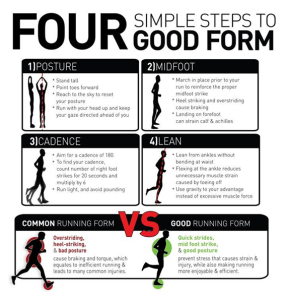Importance of Warming Up Before Exercise
What is a warm-up?
Warming up is a session which takes place prior to being physically active. Typically warming up will consist of cardiovascular exercises combined with dynamic stretching.
What happens in a warm-up?
Lets take a look at the example already given in terms of cardiovascular exercise as well as stretching. The cardiovascular exercises are designed to increase circulation, increase body temperature and bring the heart rate up, while stretching warms the muscles and prepare them for the movements they will be with exercise.
Effects of the warm-up
Warming up should prepare the body for exercises by increasing the heart rate and circulation. This will loosen the joints and increase blood flow to the muscles. Stretching the muscles prepares them for physical activity and prevents injuries.
Preventing injury
The most important reason for warming up is to prevent injury during exercise. Keeping the muscles warm will prevent acute injuries.
Paul Henein



